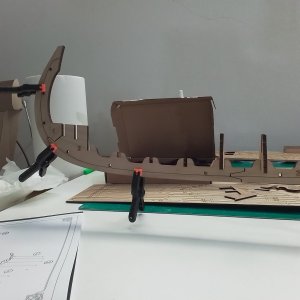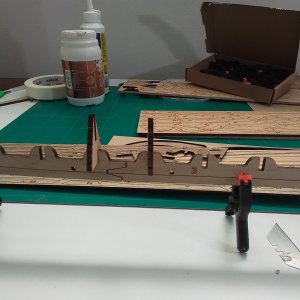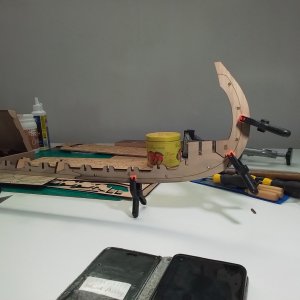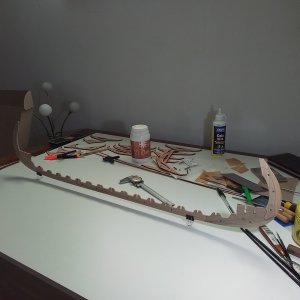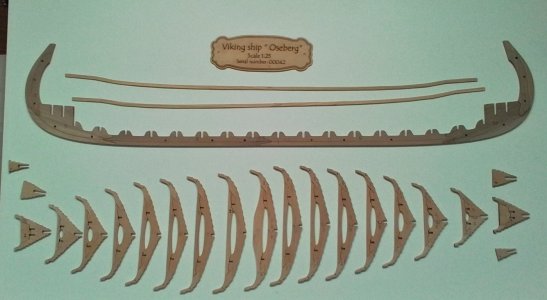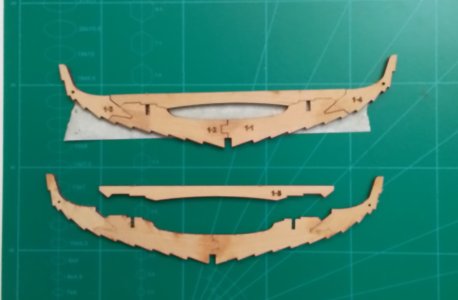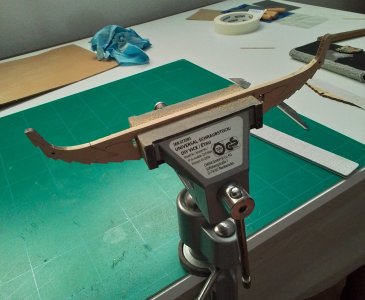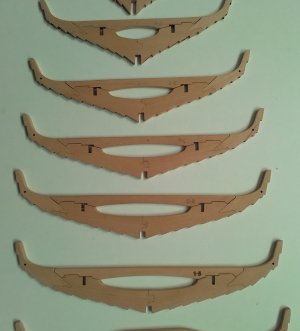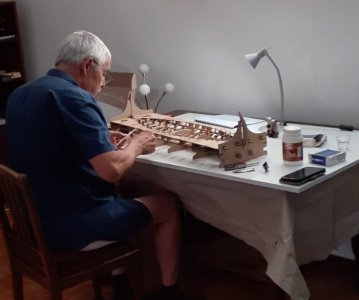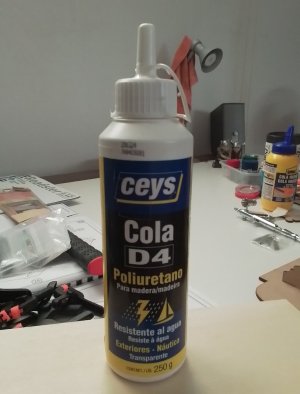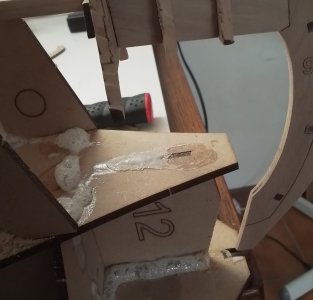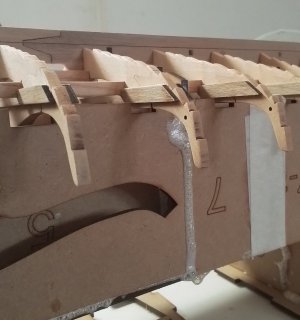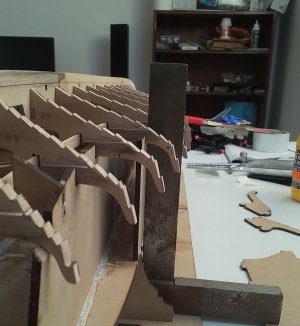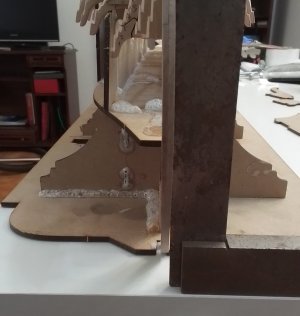Where is all Started
Hi all, I’m newish to this forum. I joined perhaps 3 months ago with a view to getting back into the hobby of model boat building. I was not sure what I wanted to build, so long as I did after more than forty years of not doing so. I’m now retired so have more time.
Initially I was more interested in paddle steamers and tugs. Working boats for the most. I’d built all of them then from scratch except one. I looked around here and on other forums and was truly surprised how things had changed in all those years. Mostly, in the sharing of information online. I became interested in the Oseberg, and that in particular as produced by Pavel.
After much research, I feel I became a little obsessed and started seeking more and more information about the Oseberg and following build logs with the greatest of interest. Finally, I could resist no more and ordered the Oseberg by Pavel Nikitin.
The order was placed about eleven weeks ago and whilst waiting, I became more and more interested in modelling again, and so with itchy fingers, bought the Bugatti Type 35 at 1/12 scale from Italia. That arrived and then a new compressor and much more. My best friend and wife is very understanding. I’m going to have to find a name for her for this forum. Can’t be another admiral. There is one or more here already. We are already know as the A-Team. Perhaps I’ll just call her blondie or cuddles. Yes, Cuddles will do.
My interest in the hobby has be revitalised big time and I’m going to start a build logs here for the Oseberg. I’ve found those by other builders to be most interesting and helpful, and therefore, wish to share my experiences with others on SOS as those past helpful builders. Let me thank them here for their efforts.
The Jig for Building the Oseberg
I’m sorry I can’t start with and unboxing from yesterday. But here we have part one.
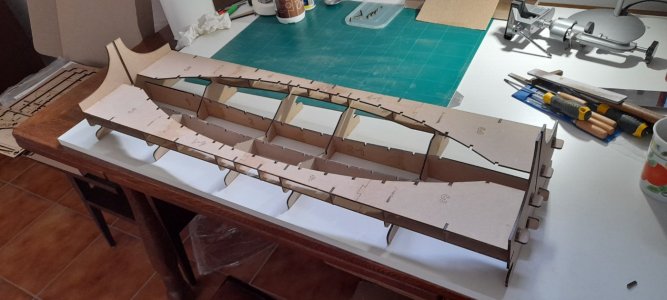
Hi all, I’m newish to this forum. I joined perhaps 3 months ago with a view to getting back into the hobby of model boat building. I was not sure what I wanted to build, so long as I did after more than forty years of not doing so. I’m now retired so have more time.
Initially I was more interested in paddle steamers and tugs. Working boats for the most. I’d built all of them then from scratch except one. I looked around here and on other forums and was truly surprised how things had changed in all those years. Mostly, in the sharing of information online. I became interested in the Oseberg, and that in particular as produced by Pavel.
After much research, I feel I became a little obsessed and started seeking more and more information about the Oseberg and following build logs with the greatest of interest. Finally, I could resist no more and ordered the Oseberg by Pavel Nikitin.
The order was placed about eleven weeks ago and whilst waiting, I became more and more interested in modelling again, and so with itchy fingers, bought the Bugatti Type 35 at 1/12 scale from Italia. That arrived and then a new compressor and much more. My best friend and wife is very understanding. I’m going to have to find a name for her for this forum. Can’t be another admiral. There is one or more here already. We are already know as the A-Team. Perhaps I’ll just call her blondie or cuddles. Yes, Cuddles will do.
My interest in the hobby has be revitalised big time and I’m going to start a build logs here for the Oseberg. I’ve found those by other builders to be most interesting and helpful, and therefore, wish to share my experiences with others on SOS as those past helpful builders. Let me thank them here for their efforts.
The Jig for Building the Oseberg
I’m sorry I can’t start with and unboxing from yesterday. But here we have part one.

Last edited:



 I'll get back to the Oseberg on the next rainy day that I'm not at work.
I'll get back to the Oseberg on the next rainy day that I'm not at work.